

What Does CBD Look Like?
The internet has a lot of information about the discovered wellness benefits of CBD. But can you tell CBD from a close plant or weed species?
This article will update you on important facts about the appearance of CBD. While you may have seen it from photos surfacing on the net, it is important to understand CBD in different forms. This will help you to stay clear of any legal issues around the product and ensure you get highly potent CBD.
What Is CBD?
CBD is one of over 100 natural compounds present in cannabis plants. Despite its presence in the cannabis variety, CBD is often sourced from hemp plants, a species of marijuana. In addition to CBD is THC, a close compound which possesses psychoactive effects responsible for a high feel.
CBD, however, has no psychoactive effects; instead, it is known for its therapeutic effects. Both CBD and THC interact with the cannabinoid receptors in the body but give different effects.
Why not also read: Is CBD Oil Legal, and in Which Countries Is it Banned?
THC attaches to the receptors in the brain and activates their functionality, leading to a high feel, often resulting from altered mental and physical functions in the brain. This is also the reason why most governments regulate the amount of THC that can be present in any CBD serving.
In the UK, you can sell or use CBD with not more than 0.2% THC; in the US, the permitted levels are 0.3% THC.
On the other hand, CBD does not bind to the cannabinoid receptors in the body; instead, it interacts with them gently and indirectly influences their primary activities. This results in a balanced modulation and regulation of various physiological processes depending on the ECS system that interacts with the CBD.
Physical Appearance of CBD
Of course, you have learned not to judge anything from the outlook, but the case is slightly different with CBD. You need to understand the physical appearance of CBD because it gives valuable information on the quality and purity of the product at hand.
CBD may, however, lack an exact physical representation, especially since the appearance may vary based on the methods used in extracting it or the presence of other plant compounds. This tells you of the different types of CBD, with each type featuring specific compound variation.
The Full spectrum type contains all the compounds present in the hemp plant, including CBD and THC. The broad spectrum, however, lacks THC and the CBD isolate is cleared of any other cannabinoid compound and only left with CBD.
Typically, CBD is present in an oil or a tincture form. The oil form is what gets infused in multiple products for easier consumption. While it is not easy to tell the exact appearance of CBD, you can tell the appearance of CBD oil from its colour, which is often clear or goldish.
However, the colour of the CBD oil may sometimes be dark green, brown or almost black, depending on the extraction processes or the availability of various additives in it.
But with the different forms of CBD, you must also understand their appearance as it helps identify their quality and suitability for your desired needs.
CBD Oil
Typical CBD oil ranges in colour anywhere between clear to dark brown liquid. The colour is determined by the extraction method, additives present, filtering technique and the type of carrier oil used.
However, you must also keep in mind that the bottle packaging of CBD oil may differ from one manufacturer to another. Others may package it in a tinted, transparent or coloured bottle, depending on their choice of theme. So you can only tell CBD oil after you see it off the bottle or in what you are sure is a transparent bottle.
You must be careful about misleading information about the colour of CBD oil and its potency. This is because some manufacturers may refine the oil to some degree while others may refine theirs to transparency. The only way you can tell about the potency of CBD oil is by checking its label for the concentration levels.
However, in the form of texture, CBD oil generally has a dense and what looks like an oily texture.
CBD Capsules
CBD capsules often contain soft or hard shells containing CBD oil or powder extract. There is no precise shape or colour of the capsules since these factors depend on the manufacturers. However, most often, they have clear or slightly tinted capsule casings, with the CBD content per capsule clearly indicated on the packaging.
CBD Edibles
CBD edibles are available in various forms, from baked goods and gummies to chocolates, all with varied appearances. These will vary in colour, texture and shape depending on their ingredients. While it seems appearance doesn’t matter on CBD edibles, you have to ensure you get quality edibles that are highly potent.
Remember, reputable manufacturers will always ensure a consistent and uniform dosage in each serving, transparency in their ingredients list, and well-sealed and safe packaging.
CBD Topicals
CBD topicals include products like creams, lotions, and balms, all applied to the skin. While they are often packaged in jars or tubes, they will always have a creamy or waxy texture. There may be no exact colour of CBD topicals, considering the different essential oils and other herbal elements that may have been used in the manufacturing.
Hemp CBD vs Cannabis CBD
Hemp and Cannabis are both species of the cannabis sativa plant. However, years of cultivation have allowed for fine-tuning to where you can have hemp CBD and marijuana CBD. This means these plants have similar features deep on the root level, but their flowers and buds are nurtured to feature different cannabinoids.
However, many features draw the differences in each of these plant variations as outlined below:
Source
Hemp-derived CBD is sourced from hemp plants, which contain lower levels of THC compared to CBD from marijuana. However, despite the lower THC levels, the CBD from the hemp plant still has to be fine-tuned to ensure it has the least legally acceptable THC concentration.
Legal Status
Generally, the legality of CBD varies in different countries. The hemp-derived CBD is the acceptable CBD type in most jurisdictions, which, however, have specific rules on the THC levels. This means that hemp CBD is only legal if it meets the 0.2% THC concentration in the UK and 0.3% THC in the US.
However, it is important that you confirm the enforced laws and regulations about CBD in any country you are travelling to in advance. This will save you from legal constraints, especially in regions where CBD is outright banned.
THC Content
While both THC from marijuana and the hemp plant produce a high effect, the THC levels in the hemp plant are regulated to the lowest levels, which combine with CBD to deliver a synergy of features. CBD from marijuana typically contains higher THC levels, which are guaranteed to leave the user with multiple intoxicating effects.
Chemical Composition
Hemp CBD can be placed as broad spectrum and isolate CBD. The broad spectrum features every cannabinoid compound except for THC, while the isolate CBD is a pure CBD compound.
On the other hand, CBD from marijuana may contain full spectrum, broad spectrum, and isolate CBD depending on the extraction method.
Identifying Quality CBD Products Based on Their Packaging
As the market for cannabidiol (CBD) products continues to grow due to their popularity, it is important to know how to spot quality from subpar products. Although the packaging of these CBD products may not play a critical role in determining their appearance, it will give you insights into the quality and transparency of the CBD product.
Why not also read: Does CBD make you hungry?
So here are the key elements you want to look for on your CBD product packaging:
Look for Clear and Informative Labelling
Quality CBD products will have very clear and informative labels that will give you info on the type of CBD (whether Full spectrum, broad spectrum or isolate). It will also give you info on the extraction method used when sourcing the CBD as well as the concentration levels of the CBD.
Any reliable manufacturer understands the importance of transparency in ensuring the users of their products have clear information on what they are purchasing.
Confirm the Presence of third-party testing Information
You must look for indications of third-party testing information on the CBD product you intend to buy. A reputable manufacturer will always include a QR code that consumers can use to verify the results of third-party results.
The results from these third-party tests are meant to assure you of the CBD’s potency, purity, and absence of contaminants.
Check for a Transparent Ingredient List
Reputable suppliers will always be clear on their ingredient list. This will indicate their commitment to giving you a pure and natural CBD experience with realistic results. From the ingredients list, avoid anything that has excessive additives or features allergens that may trigger different reactions in your body.
Some CBD products will also have various preservatives and flavourings. But if in excess, they may tamper with the general potency of your choice of CBD.
Ensure there is a UV-Resistant Packaging
CBD’s original quality tends to degrade when exposed to UV rays. So CBD products must be packaged in dark and opaque containers that prevent light from penetrating through the CBD. Therefore, you must ensure the packaging will safeguard the CBD extract and maintain its integrity over time.
Common Misconceptions About CBD Appearance
With the growing popularity and increasing demand for CBD, it is easy for you as a consumer to fall prey to certain misleading misconceptions about the appearance of CBD. If the information you get is not clarified in time, it can affect your purchasing decisions for CBD.
Why not also read: How Long After Taking CBD Oil Can I Drink Water?
Here are some common misconceptions you should be on the lookout for:
Colour Indicates Quality
Many CBD users are made to believe that the colour of specific CBD products indicates their quality, which is wrong. CBD products such as CBD oil may have various colours, including darker colours, which some people may perceive as higher potency.
The true fact in this case is that as much as colour may give some information on the specific type of CBD present in the product, it is not the only quality indicator. Factors such as the presence of additives, the source of the CBD and the extraction method may influence the colour output.
All CBD is Clear or Golden
Some people believe CBD should be clear and even associate this with its purity. But that is not the case. CBD products vary and can be in any colour, from clear to dark brown. You may also encounter multiple vegan colours since the colouring is dependent on the cannabinoid profiles present in the CBD as well as its extraction method.
Higher THC Content Makes CBD Products Better
Some CBD users believe that the psychoactive effect of THC means that the higher the concentration of CBD, the better the product is. This is not right since the ideal THC content in any CBD product is dependent on the consumers' preferences.
While some users may admire little amounts of THC for the entourage effect, others may want a THC-free CBD product depending on their preferences and legal restrictions in their locations.
Cloudiness Indicates Contamination
This is false. Cloudy appearances in CBD products could mean the presence of suspended particles in the product, depending on the nature of the formulation of the CBD. To ascertain the purity of any CBD product, check for third-party tests and the nature of the ingredients.
Red Flags to Note When Assessing CBD Products
With the growing demand for CBD, it is important to be cautious about the nature of the CBD products you interact with. Some red flags that you should always be on the watchlist include synthetic ingredients, unrealistic health claims, and misleading labelling.
Synthetic ingredients mean there may be minimal natural ingredients or additives in the product. This may lead to compromised purity and safety of the CBD. Similarly, exaggerated health claims may be indications of disreputable companies. A reputable CBD manufacturing company is expected to be careful with its health claims.
Additionally, misleading labelling may indicate a lack of transparency in the company.
In conclusion, CBD has no exact physical appearance. This means you must be careful of misleading information that may be sold to you as real claims, affecting your CBD experience. In addition to physical appearance, you must also understand the product’s quality from the packaging, ingredients list, and other relevant certifications.
-

-
In stockOriginal price £25.00 - Original price £139.99Original price £0.00£25.00 - £139.99£25.00 - £139.99Current price £25.00
Earn 312 reward points
Orange County CBDBrought to you straight from the Sunshine State, Orange County's CBD oil combines full-spectrum, premium cannabinoids with natural terpenes to brin...
View full detailsOriginal price £25.00 - Original price £139.99Original price £0.00£25.00 - £139.99£25.00 - £139.99Current price £25.00Earn 312 reward points
-
Low stockOriginal price £19.99 - Original price £100.00Original price £0.00£19.99 - £100.00£19.99 - £100.00Current price £19.99
Earn 250 reward points
CBD by British CannabisIntroducing the new CBD Cannabis Oil from CBD by British Cannabis. This 100% Cannabis oil has been developed to be the best tasting most premium CB...
View full detailsOriginal price £19.99 - Original price £100.00Original price £0.00£19.99 - £100.00£19.99 - £100.00Current price £19.99Earn 250 reward points
-
In stockOriginal price £25.00 - Original price £25.00Original price £0.00£25.00£25.00 - £25.00Current price £25.00
Earn 312 reward points
CBD FXExperience the natural benefits of CBDfx Hemp Tincture, crafted with high-quality, pure hemp-derived CBD and MCT oil for optimum absorption and e...
View full detailsOriginal price £25.00 - Original price £25.00Original price £0.00£25.00£25.00 - £25.00Current price £25.00Earn 312 reward points
-
In stockOriginal price £19.99 - Original price £19.99Original price £0.00£19.99£19.99 - £19.99Current price £19.99
Earn 250 reward points
CBD FXExperience the natural benefits of CBDfx Hemp Tincture, crafted with high-quality, pure hemp-derived CBD and MCT oil for optimum absorption and ef...
View full detailsOriginal price £19.99 - Original price £19.99Original price £0.00£19.99£19.99 - £19.99Current price £19.99Earn 250 reward points
-
Low stockOriginal price £29.99 - Original price £149.99Original price £29.99 - Original price £149.99Original price £29.99£26.99 - £134.99£26.99 - £134.99Current price £26.99
Earn 337 reward points
Naturecan CBDBroad Spectrum 100% Natural Oil By Naturecan CBD is a high quality broad spectrum CBD oil produced from organically grown US hemp manufactured in t...
View full detailsOriginal price £29.99 - Original price £149.99Original price £29.99 - Original price £149.99Original price £29.99£26.99 - £134.99£26.99 - £134.99Current price £26.99Earn 337 reward points
Save up to 10% -
In stockOriginal price £64.99 - Original price £160.00Original price £0.00£64.99 - £160.00£64.99 - £160.00Current price £64.99
Earn 812 reward points
Supreme CBDSupreme CBD full spectrum oil provides the maximum CBD advantages and is available in three strong variants: 1500mg, 3000mg, and 6000mg. This full ...
View full detailsOriginal price £64.99 - Original price £160.00Original price £0.00£64.99 - £160.00£64.99 - £160.00Current price £64.99Earn 812 reward points







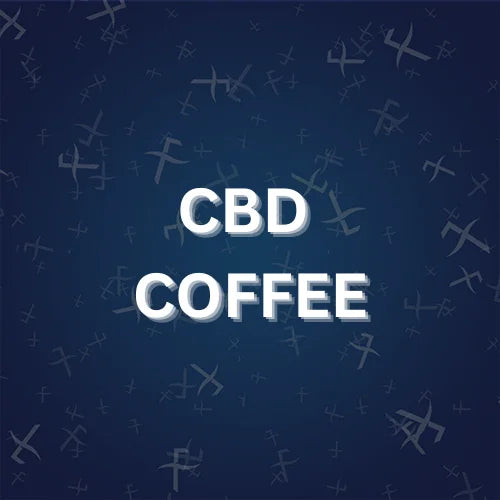


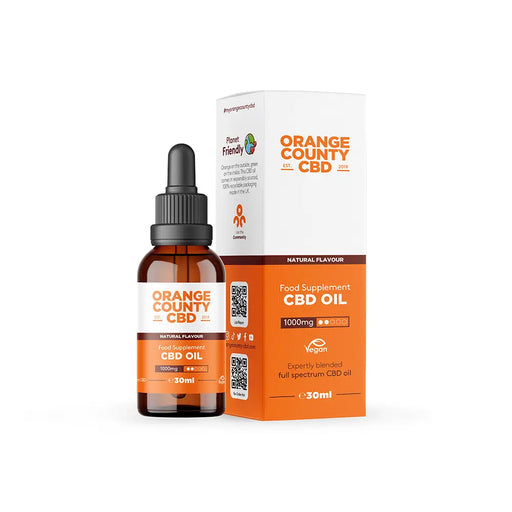
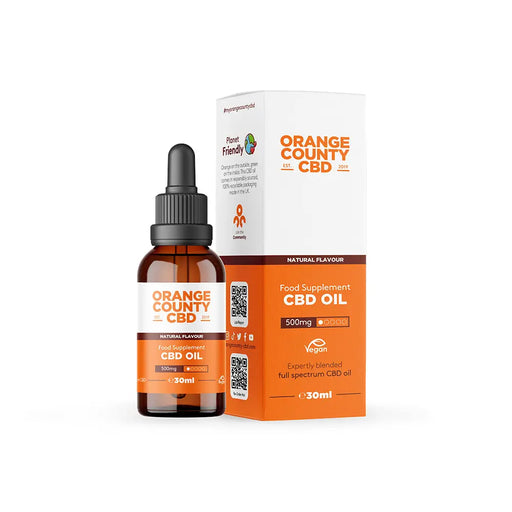
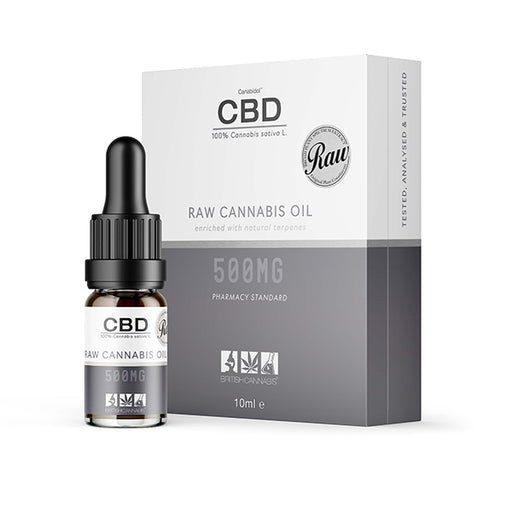
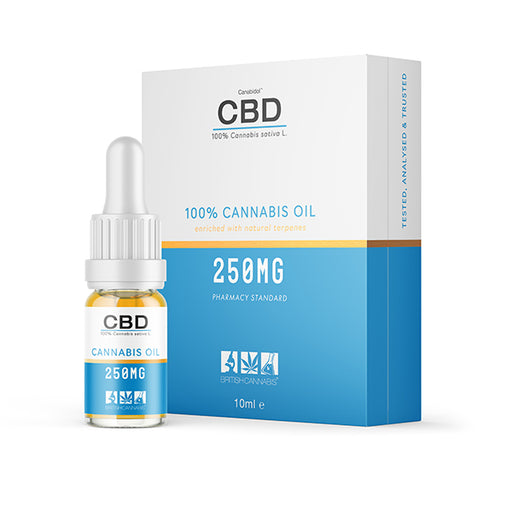



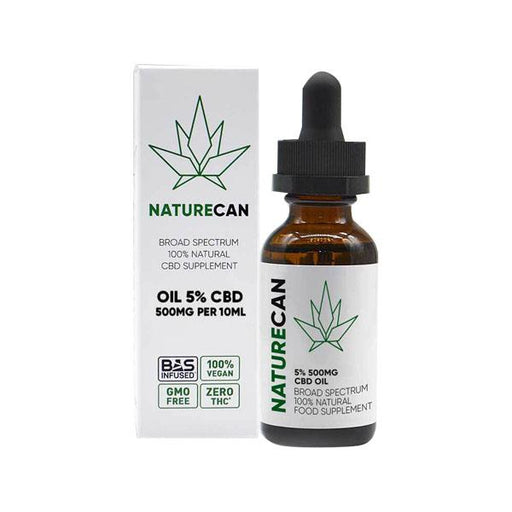


Leave a comment